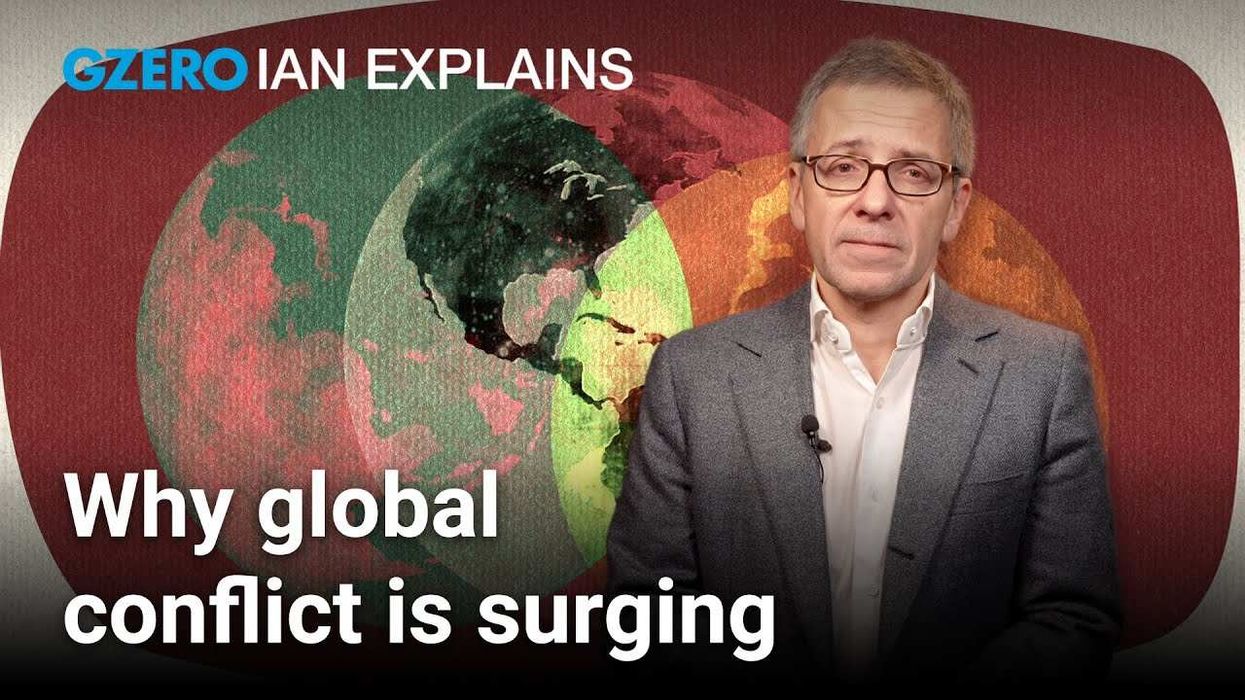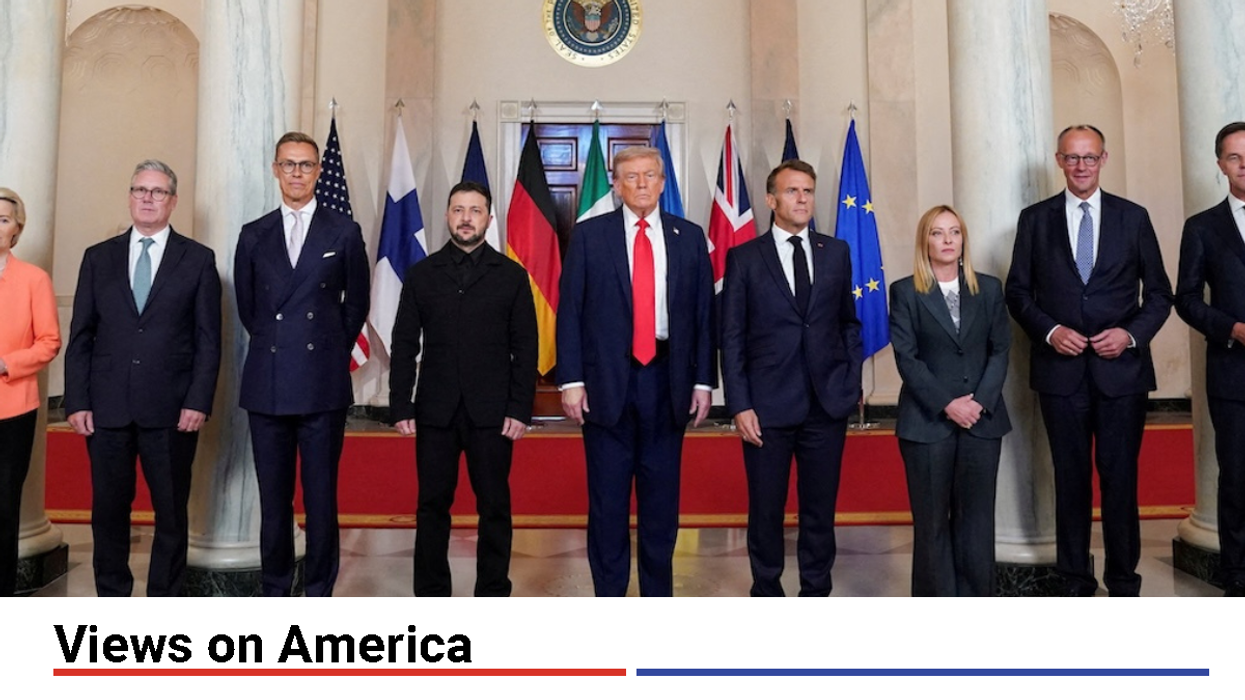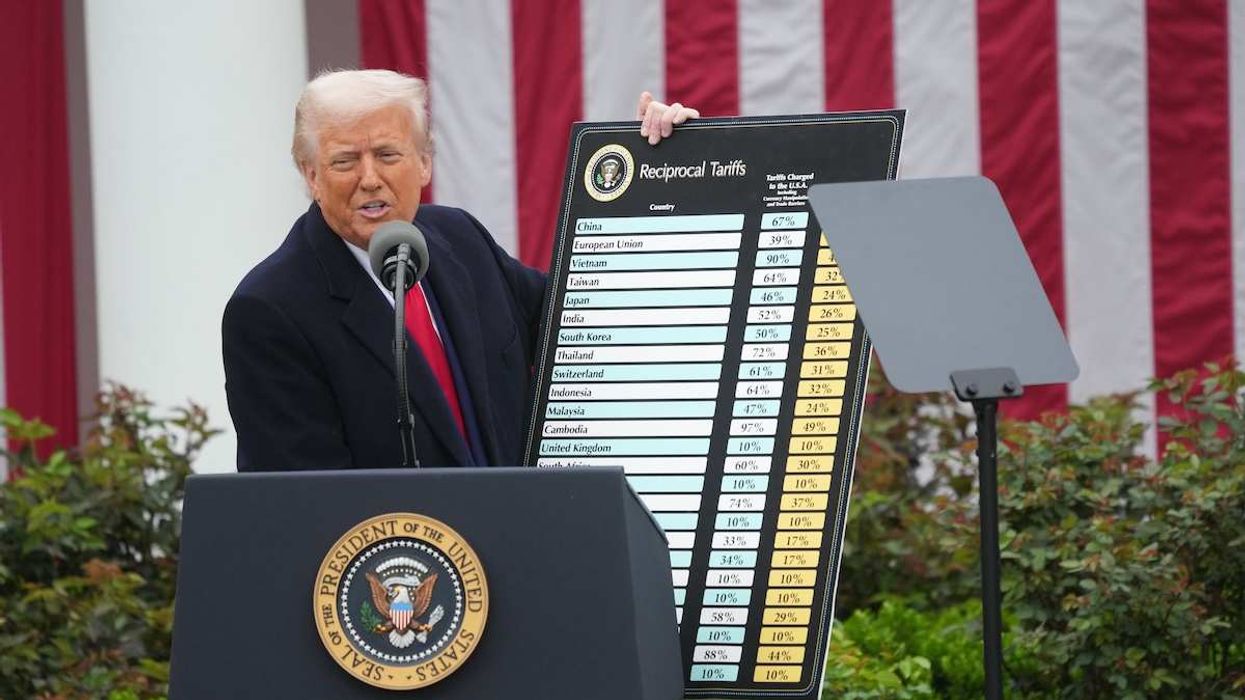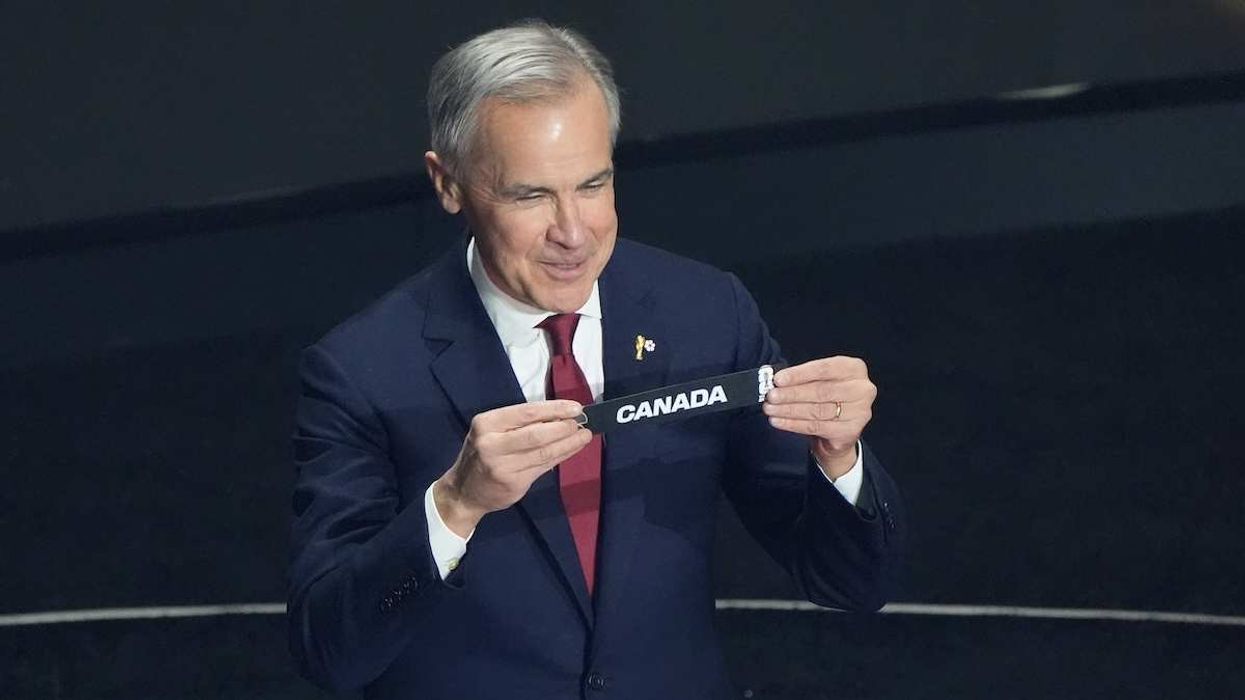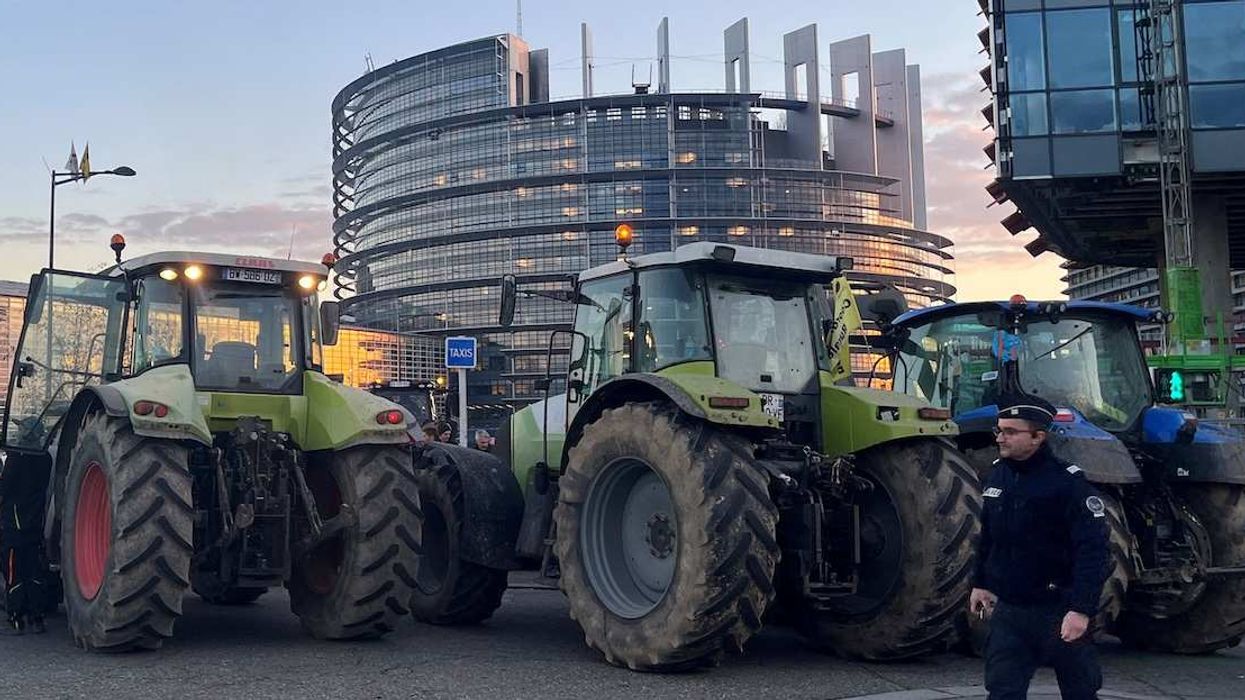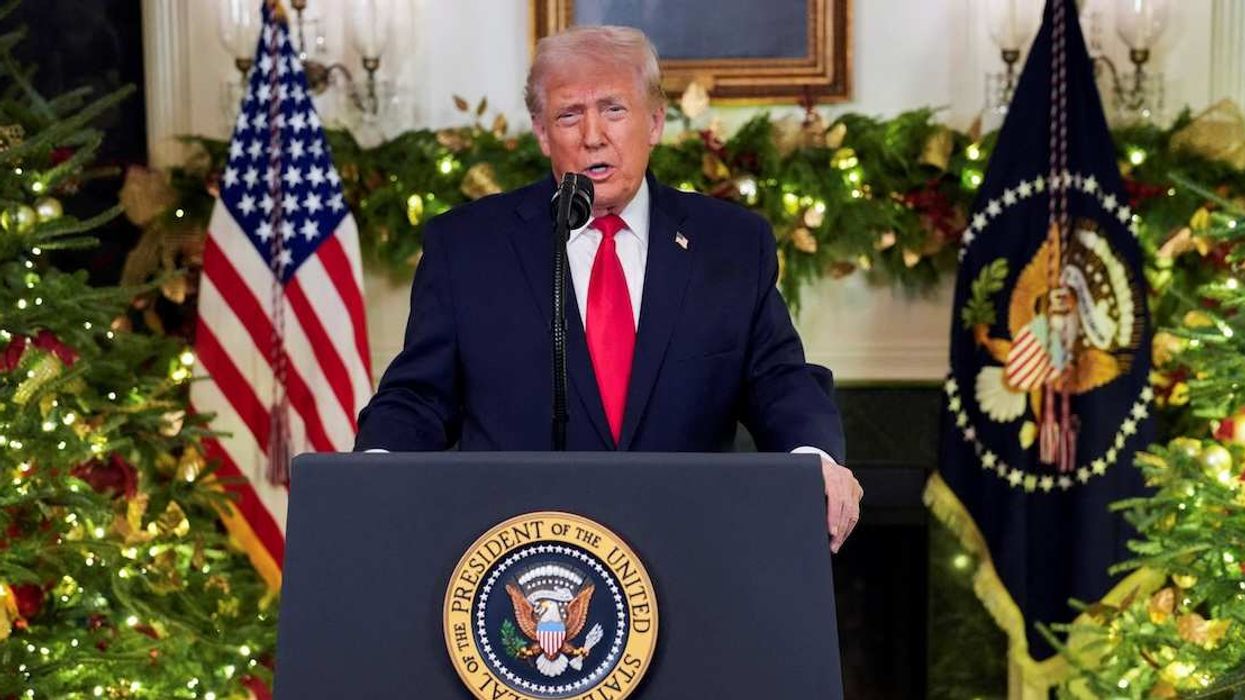This GZERO 2024 election series looks at America’s changing voting patterns, bloc by bloc.
________________________________
The 2024 election has been impacted by issues related to gender like never before. Even before Kamala Harris became the Democratic nominee and had the potential to be the first female US president, the campaigns were coalescing around a Republican Party focused on resilience and protection, often seen as masculine themes, and a Democratic Party focused on reproductive rights and inclusivity.
Recent polling data paints a clear picture of a growing gender divide. The latest New York Times/Siena poll shows Harris with a 14-point lead among women, while Donald Trump holds a commanding 13-point lead with men.
“A substantial gender gap is nothing new – in every election since at least 1980, men have leaned more Republican than have women,” says Eurasia Group’s US analyst Noah Daponte-Smith, but “the gender divide has grown in recent years.”
The gap becomes a chasm among young voters. The New York Times/Siena poll shows young men favoring Trump by 13 points and young women favoring Harris by 38 points – a 51-point gap. Before Harris entered the race, among voters aged 18 to 29, Harvard Kennedy School’s polling found that Joe Biden led women by 33 points in contrast to among young men, where his lead dropped to a mere six points.
Harris’ embrace of “brat summer” helped bring disaffected young voters back into the campaign, leading some analysts to compare her youth support to Barack Obama’s first election. But in 2008, 62% of young men voted for Obama, a 28-point margin over McCain, and there was just a 12-point gender gap. Ever since, the share of men under 30 who identify with or lean toward the Democrats has been plummeting, from 51% in 2016 to 39% in 2023. So most of the young people Harris has brought back into her coalition have been young women.
While Harris hops on the Charlie XCX train, MAGA embraces the macho. Both candidates have crafted media strategies geared towards men or women.
Trump’s campaign has capitalized on the photo of Trump with his fist in the air after nearly being assassinated at a rally in Butler, Pennsylvania, to put out merchandise saying, “FIGHT, FIGHT, FIGHT” and “IF YOU COME AT THE KING YOU BEST NOT MISS,” and has cultivated a network of male streamers and celebrities. At the Republican National Convention, masculinity was on full display, from Hulk Hogan ripping his shirt off to reveal a MAGA shirt, to Dana White, the CEO of the Ultimate Fighting Championship, giving a keynote address.
But besides Trump associating himself with highly masculine celebrities, Daponte-Smith says that “in his campaign rhetoric, Trump often valorizes employment sectors perceived as more masculine. Think of coal miners, auto workers, oil, and gas workers, etc. Along with the macho persona he projects, that is a message relatively more effective among men than among women.”
Meanwhile, Harris is embracing memes and social media trends that are largely popular among women and LGBTQ voters. Her campaign has embraced JD Vance’s comment that she and other female leaders are “childless cat ladies.” She was a recent guest on the “Call Her Daddy” podcast, a show with millions of listeners, many of which are young women, and has scored an endorsement from Taylor Swift.
The Dobbs effect. Trump’s appointment of a conservative majority is seen as responsible for the Supreme Court's Dobbs decision, which overturned Roe v. Wade, and led to a patchwork of abortion laws across the country. Since 2022, female voters have been galvanized in states where abortion laws are on the ballot, a trend that has led Harris to put reproductive rights at the center of her campaign.
Trump is trying to win women back to his side, saying at a recent rally that he will be a “protector” of women so that they no longer “have to think about abortion.” Potentially more effectively, his closest surrogates, Vance and his wife, Melania Trump, have both made recent statements on the need to protect abortion services. In the vice presidential debate, Vance condemned the limited access to reproductive care as a result of the overturning of Roe v. Wade. Meanwhile, in her newly released memoir, Melania declares herself to be unequivocally pro-choice.
“Women are registered to vote at higher rates than men and have slightly higher turnout rates,” says Daponte-Smith. In every election since 1980, women have voted at higher rates, “that’s generally a good sign for Democrats – especially if they can use the issue of abortion to drive higher turnout among relatively low-turnout groups, like younger women.”





